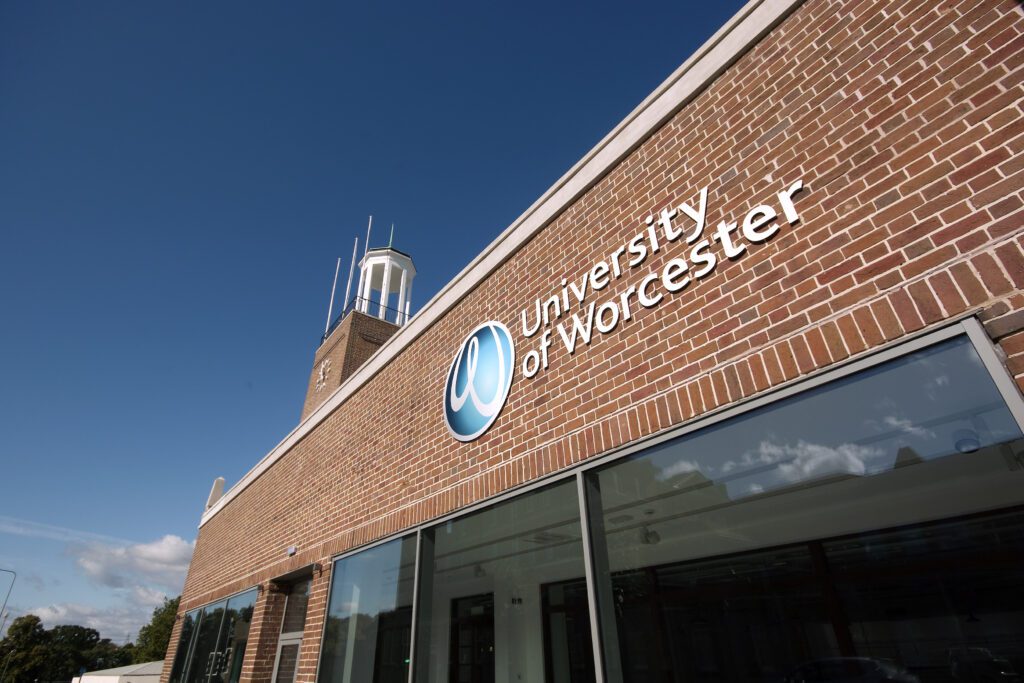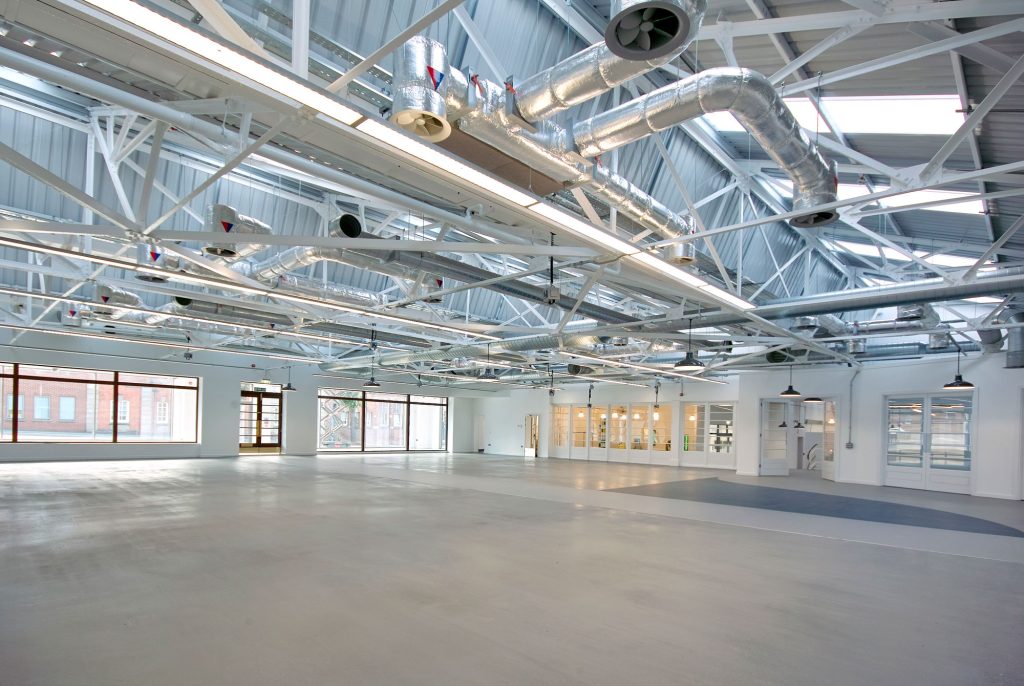
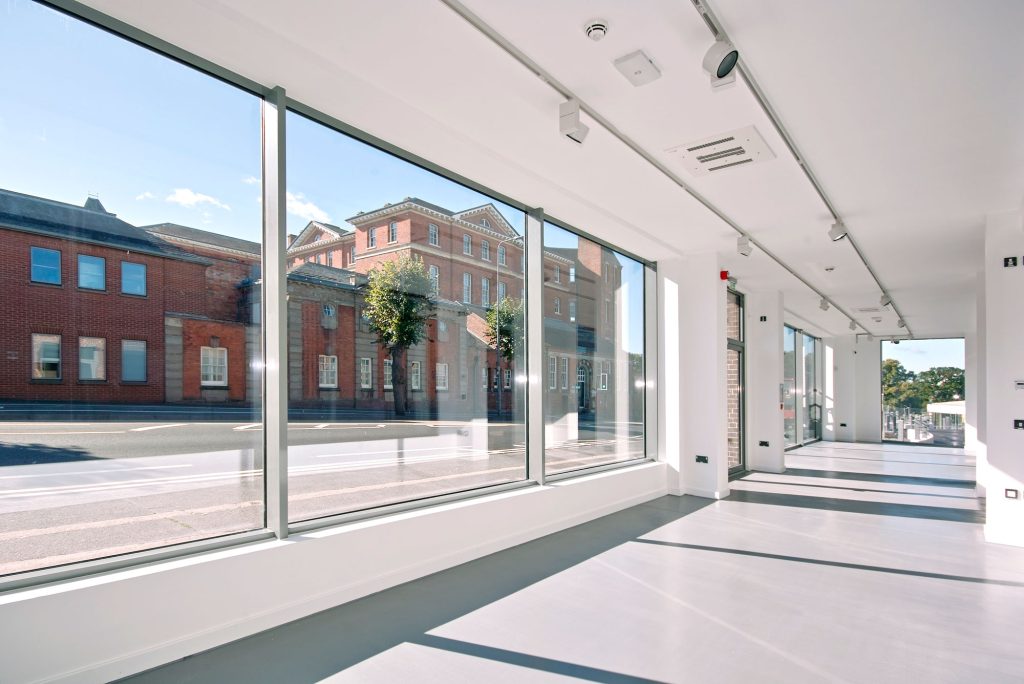
Refurbishment of Grade II listed Austin House into high quality teaching and learning space.
CLIENT: University of Worcester
ARCHITECT: GWP Architecture
PROGRAMME: 35 weeks
VALUE: £2.25 million
Project received RICS SKA Gold environmental rating – equivalent of BREEAM ‘Excellent’ for refurbishment/retro-fit schemes.
The two storey art deco building, with its impressive and distinctive clock tower, was designed and built in 1939 as a car showroom for Lord Austin of Austin Motors.
The large open plan spaces of the building lend themselves naturally to art and design based courses, giving students plenty of freedom for creative thought and activity in contemporary, flexible spaces. Building on the university’s cultural contribution to the city, providing public exhibition space the building is also used as a centre for children’s creative camps in school holidays.
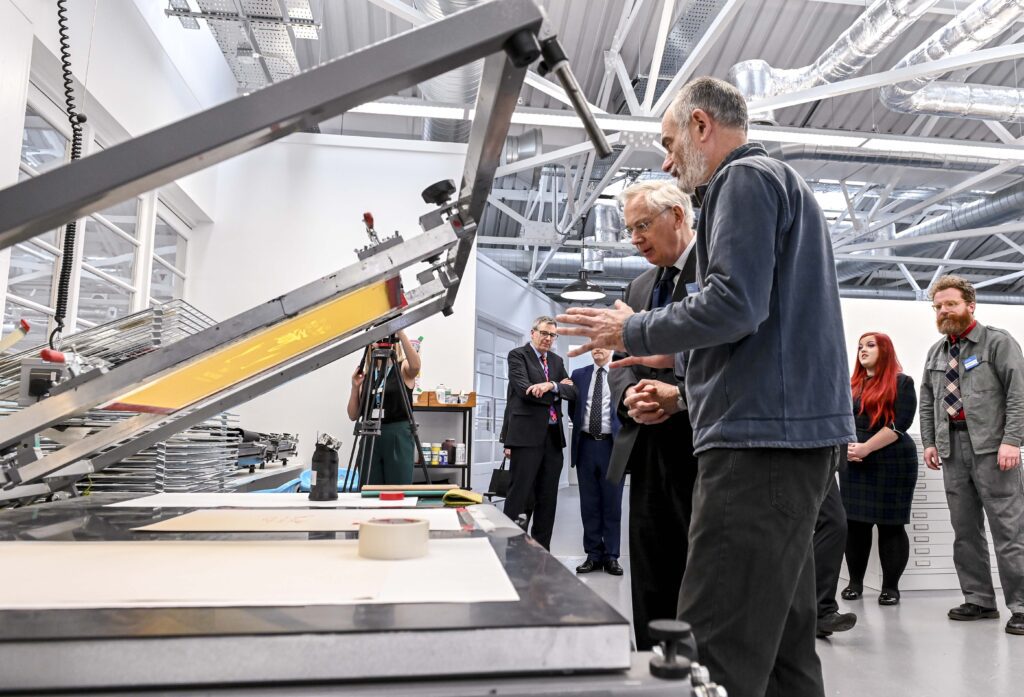
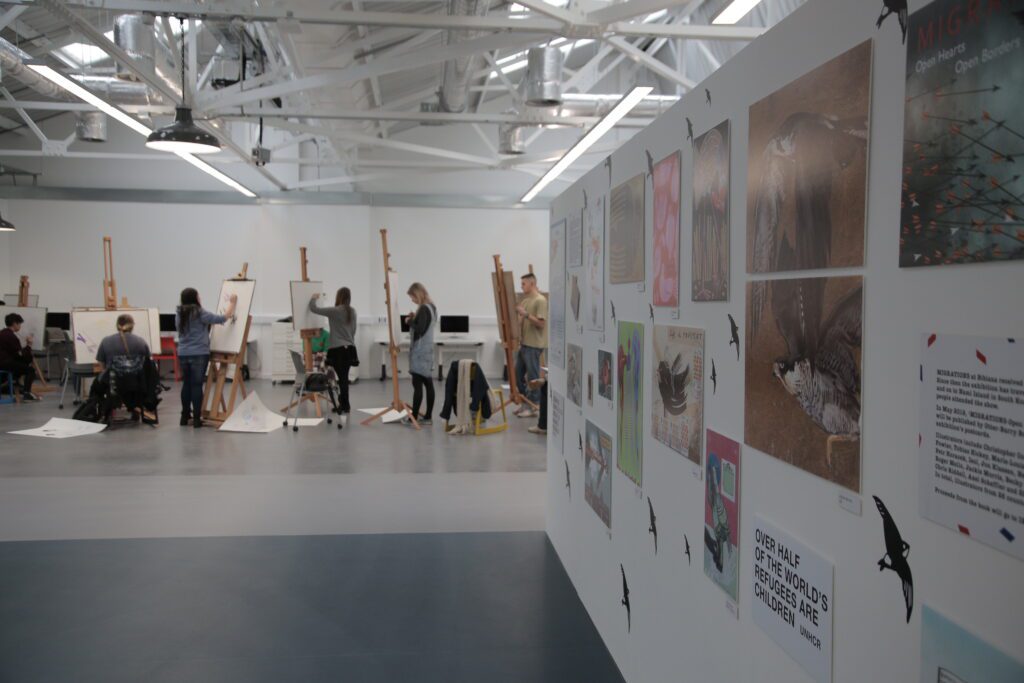
“The University chose Stepnell through the Framework as they bought into our sustainability vision for the project. They made their design, specification and construction practices to achieve the SKA Gold standard required.” Joe Stock, Senior Procurement Officer at the University of Worcester
Key aspects of the SKA assessment:
- Reducing packaging waste
- Providing space to sort demolition waste to facilitate maximum potential of recycling – for example, original gates were adapted to form the access to recycling area
- Return of flooring offcuts to manufacturer
- Detailed analysis of building use and envisaged utility usage and costs
- ‘Trend’ BMS system linking to the University Energy Manager systems
- Smart lighting which monitors occupation, shutting down when not in use, and working in conjunction with natural levels of light
- CO2 sensors to control the mechanical ventilation
- Enhancing Biodiversity in consultation with Worcestershire Wildlife Trust
- Rainwater harvesting
- Electric car changing
The result is a facility that puts student and staff well-being at the fore. Post occupation monitoring via the BMS has proven that the building based on GIA is performing well to the designed EPC C (65) rating. Pre-refurbishment the building EPC rating was E (102). 73.2 Tons of CO2 has been saved per year.
Latest EPC is ‘B’ (Sept 2020) with operational energy use at 57.34 kWh/m2/year, showing improvement from designed output.
